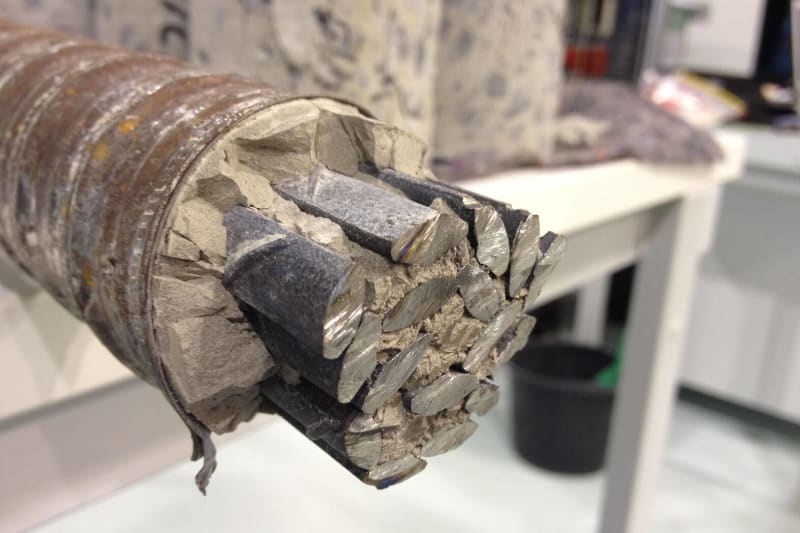16:21. The Otto Mohr Laboratory at the TU Dresden is one of the most modern testing laboratories for the construction industry in Germany. Dr. Silke Scheerer and her team have been researching this special metal there for years. We have already taken a lot of samples in the lab, especially from old stocks, and we took samples from demolished buildings. Simply to generate more knowledge. In most cases we had very good strength values, very good elongation values, but not in every case. In other words, it has the potential to fail on the inside, but that is not the norm. The Carola Bridge is obviously an exception. The prestressing steel, which had been damaged by corrosion, failed without warning from one moment to the next.

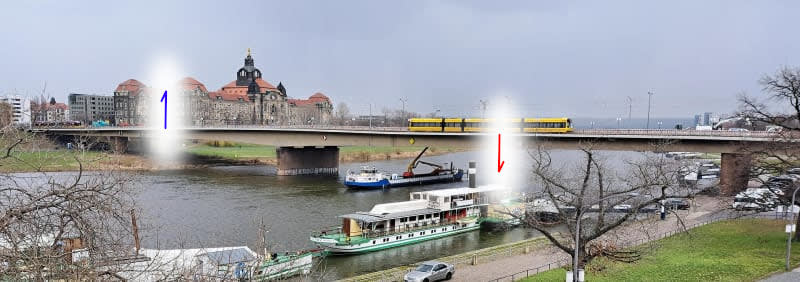
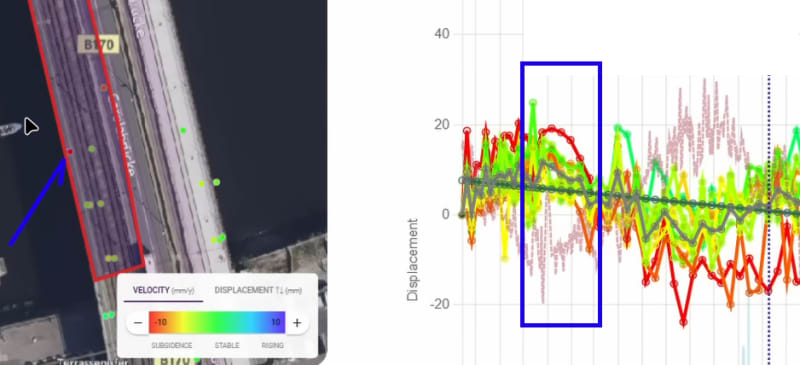
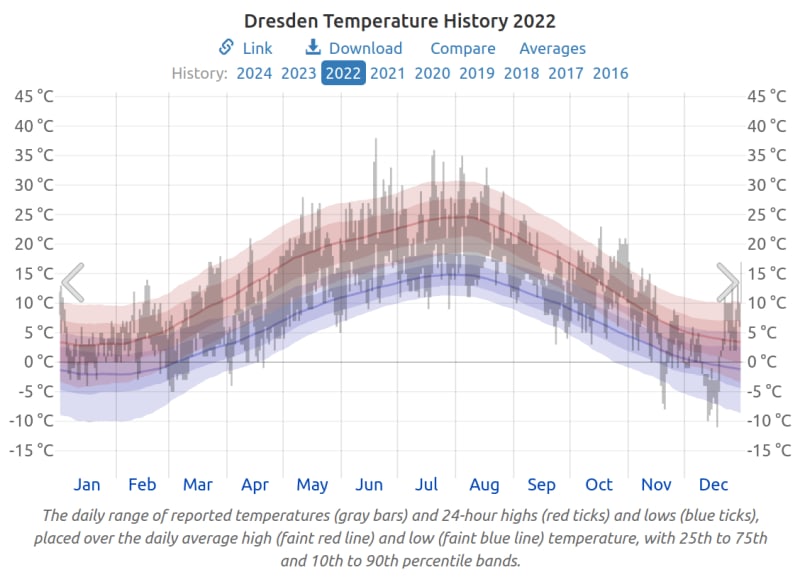

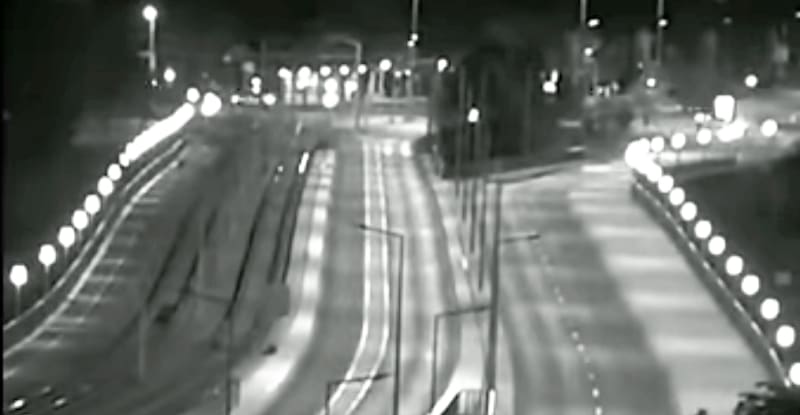
![[frosty] [frosty] [frosty]](/data/assets/smilies/frosty.gif)
